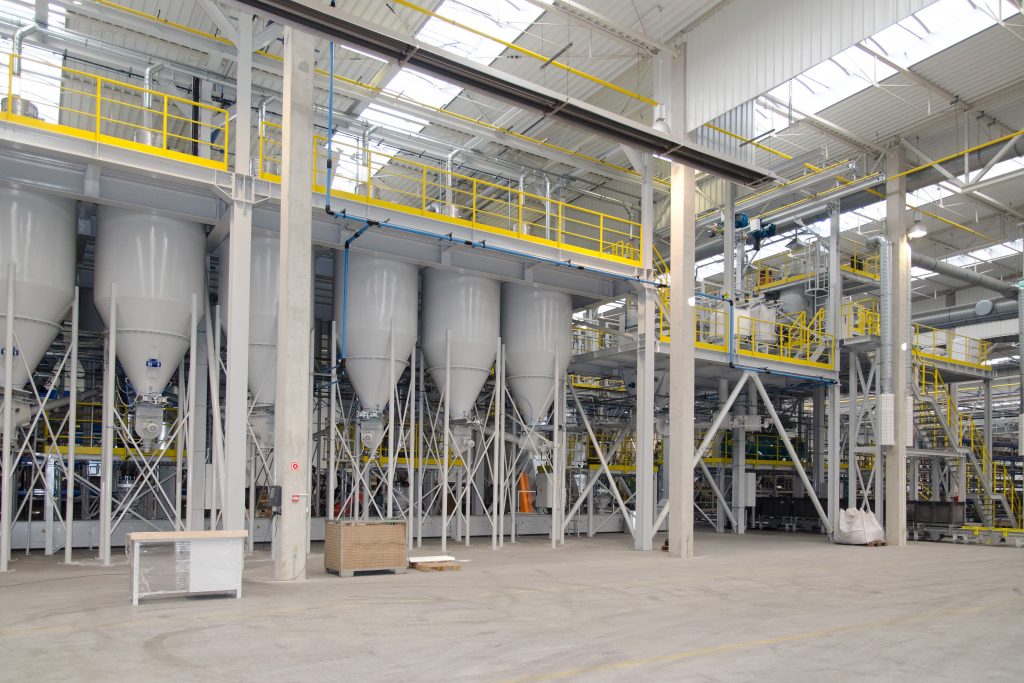Lumag’s Managing Director Colin Smit explains why the brake friction supplier’s technology and testing methods are encouraging factors across the UK aftermarket to stock the company’s Breck brand when selecting brake pad replacement parts.
Q. What makes Breck unique?
Colin Smit (CS): “What makes us successful is the cutting-edge technology and high quality materials used in the manufacture of the pads. LU 700 friction materials were developed to meet the demands of motorists. They feature low wear – that is why they do not stain wheel rims – and ensure high braking efficiency.”
Q. What are the latest developments with the Breck brand?
CS: “We’ve just launched the High Safety system, a line of products designed for premium-class cars, such as BMW, Audi, Mercedes or Porsche, which offers improved braking efficiency, lower dust generation, quieter operation and increased life.
“They are made of new-generation ceramic friction materials featuring high friction coefficient stability, which ensures the highest level of safety during driving and guarantees effective and comfortable braking in all conditions.
What is more, since copper was eliminated from the friction mixture, the pads meet international environmental standards.”

Q. How do you support this?
CS: “Long-term tests carried out by our engineers from our Research and Development Department comparing the level of friction material wear showed that Breck High Safety products, during motorway driving, produced 49% lower wear than OE parts, while in city driving the difference was as high as 62%.”
Q. In the automotive industry, safety is synonymous with quality. How do you address this?
CS: It goes without saying that safety has always been paramount and it’s this principle that has driven us to develop our brake pad production technologies. We created the Compress Control System, a solution which allows us to closely monitor product quality.
“Various components are mixed when brake pads are made, forming a so- called friction mixture. The Compress Control System ensures that the added amounts of the mixture’s components are consistently the same.
“This is also supported by the quality assurance procedures we use on a daily basis which are compliant with ISO 9001, ISO 14001, PN-N-18001 standards as well as the ISO/ TS 16949 technical specification. Also, the quality of Breck pads is confirmed by ECE R-90 certification.”
Q. Where are your Breck brake pads and discs manufactured?
CS: “In 2013, we opened our friction materials factory in Budzyn, Poland covering an area of almost 19,000m2. It’s where around five million pieces are produced each year, for both our Breck brand as well as Lumag’s long- established brake pads for commercial
vehicles. The factory features, among other aspects, an automated mixing facility and quality production lines. It’s this production facility that ensures our products meet the strictest requirements, not only during in-house tests, but also during the everyday trips taken by millions of users across Europe and beyond.”
Q. Why would you recommend choosing brake pads and brake discs from the same OE manufacturer?
CS: “Proper functioning of the braking system is closely related to its structure and processes of frictional contact that take place in the contact area between brake pads and brake discs. To improve the parameters of these processes, the most effective solution would be to replace both interacting components. Friction materials are tested for a specific brake disc type and it is only in this intended combination that they achieve maximum performance. Therefore, it makes sense to choose brake discs dedicated to the same OE manufacturer’s brake pads.”








